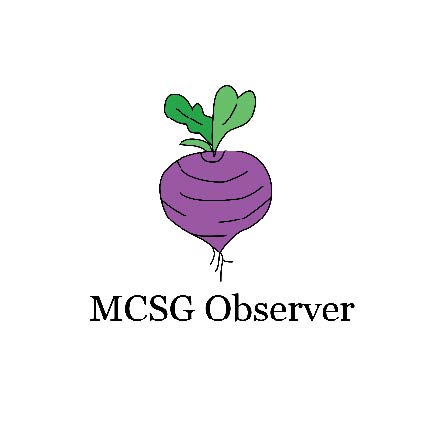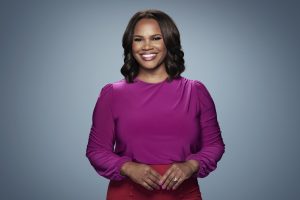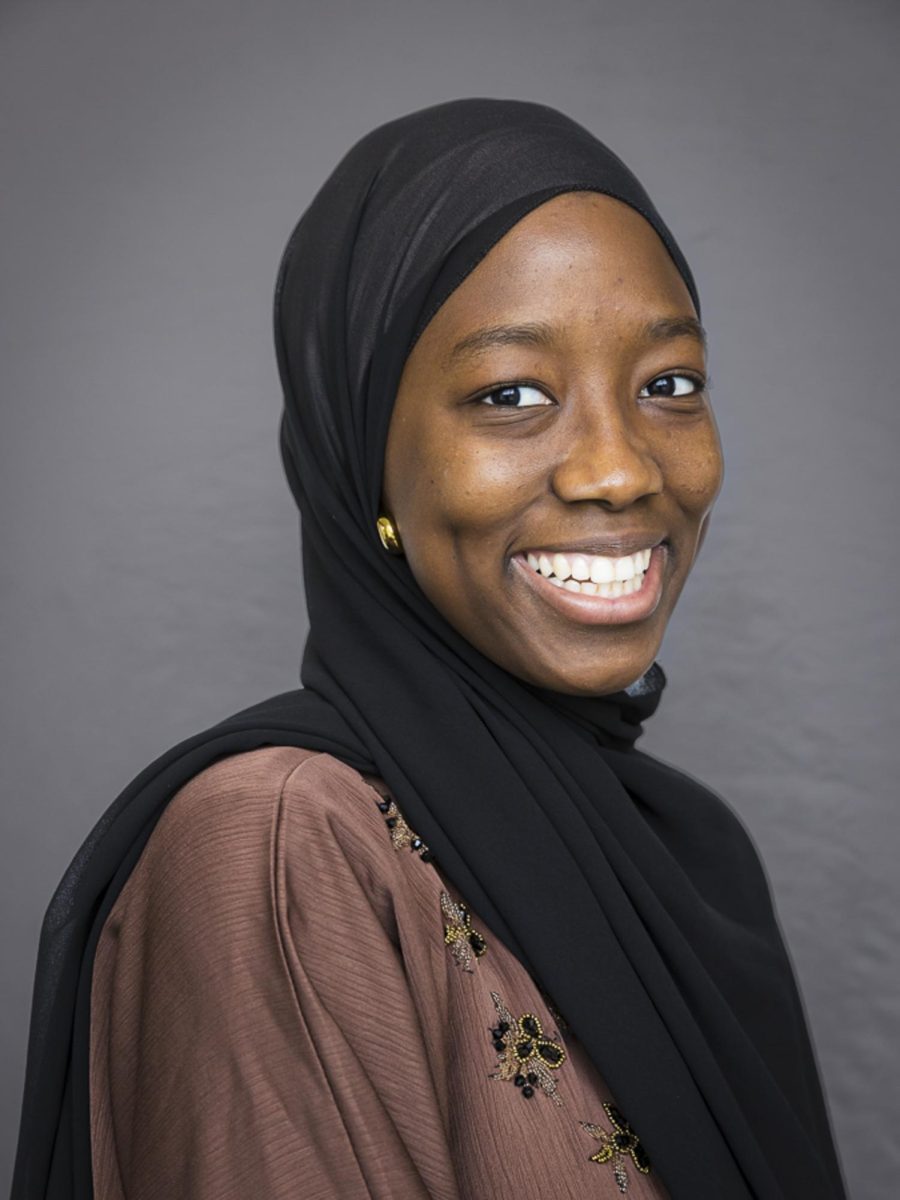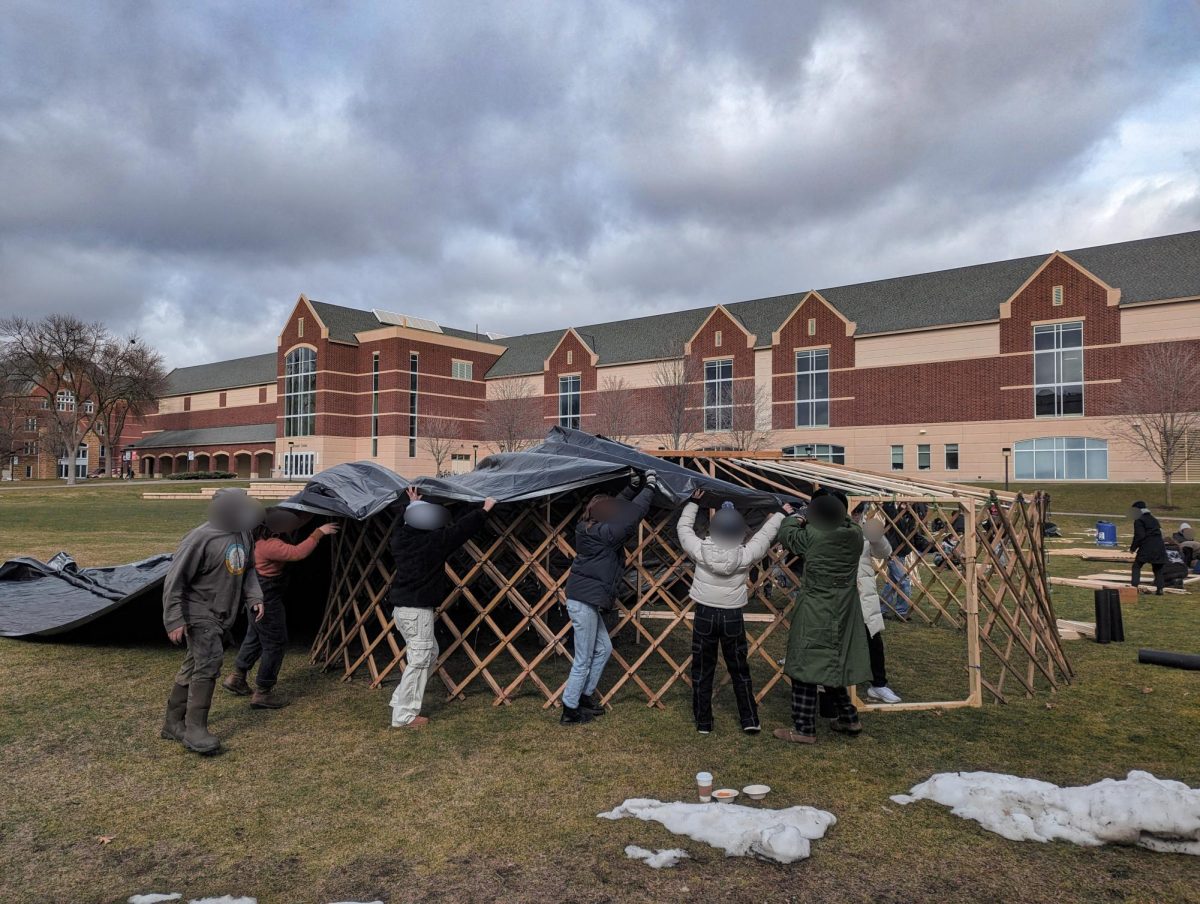Following a presentation of the 2016-17 budget to MCSG on Tuesday, April 19, The Mac Weekly met with David Wheaton, Vice President for Administration and Finance, on Wednesday, April 27 to discuss pressures on higher-ed institutions, the admissions office, tuition rate, compensation, effects on programming and the strategic plan.
TMW: At the moment Macalester is financially sound and our endowment is also at a growth rate of two to 2.5 percent, but that is lower than the expected growth rate. Is that right?
DW: That’s the growth of the draw. That can be a little bit of a confusing subject. So our endowment is invested widely. If we — and we spend five percent of an average of the market value every year, so we don’t wait for interest and dividends to come in — basically say, “How much is it worth?” And we draw five percent of that into the operating budget. We generally think it’ll grow when it’s invested, at seven or 7.5 percent a year, so the growth rate in what comes to the budget will be the difference between the two. So if we invest and earn 7.5 but we spend five, then there’s two left that get invested, and that’s the growth rate of what’s coming to the endowment. I think sometimes people have a hard time wrapping their heads around how much is coming at a particular time, which is five percent every year, and how fast that is growing.
You also said that the college and many other higher-ed institutions are facing revenue pressure. Can you elaborate a little bit?
DW: Higher education as a general matter can be an expensive proposition. As the cost of doing business for us rises, it can be hard to have our tuition keep up with the costs that we have underneath it. If you think about the notion that most of our costs are people, between the faculty and then all of the administrators, there’s rising costs for salary raises in healthcare and so forth, and raising the sticker price for the colleges is harder and harder for the people who are paying for that, so there’s a tension between what people are willing and able to pay, and what we are trying to deliver to the people who help make this whole thing work. And then you couple that, especially at private institutions, with the idea that we need to make sure we can offer financial aid to be accessible to people. And the demand for financial aid is growing even faster than tuition. That really is where the challenge comes in. So the rising demand for financial aid means that if we charge a certain amount for tuition, but we have to put more into financial aid, then less will actually be able to pay their salaries and all the other bills. And that’s true of a lot of colleges.
Let’s talk about tuition. So the comprehensive fee for the 2016-17 school year is $61,905. That’s an increase of 3.6 percent from last year’s tuition fee, and you have said that is a normal increase nationwide. But the need for higher discount rates among future Macalester students seems to be increasing — the discount rate is currently rising to be over 50 percent. Can you explain what that last number indicates?
DW: The discount rate is the amount of tuition charged that we don’t collect because we’ve offered a financial aid grant to a student. Most of it’s need based. People think of financial aid as a package. But in these cases the financial aid is only the grant. It’s a portion that is, in effect, a given that the student will never have to pay. And the convention in the industry is to think about that as a percentage of the total tuition amount. So our average discount rate is just over 50 percent. Some students receive a grant that is equal to the all-tuition, some receive a grant, no grant at all and then there’s everything in between. It averages between 50 and 51 percent right now.
In order to remain financially stable, we need to reduce the student body size. The goal is to have a 2,000 person student body by 2020. How do we do this?
DW: The Admissions office always has the challenge that we give them. We say first that we want 500. 502 is ok, 560 is not such a good idea, 450 is not a good idea. But it has always been a challenge to try and get right to that number. 6,000 high school students will apply. We will admit some, and then we just have to wait to see who decides to come here as opposed to other places. We probably admitted 1,900 students, so we have 1,900 people out there making a decision, and we’re hoping a little more than 25 percent will pick us, but they’re all gonna make that decision independently. And when we construct the class, we’d like to have geographic diversity, we’d like to have gender diversity, we would like to have socioeconomic and racial and ethnic diversity, we would like some athletes, and at the end of the day, we also want a financial profile that then helps make the whole thing work. It seems like it’s getting more and more challenging the further we go.
Would you say that the Admissions Office has to do the same things they do every year, but a little differently?
DW: I think they’ll do some tweaking, and think about how they do their recruiting. They have to see who actually comes into the admission pool. If a student doesn’t even apply, then that doesn’t even become part of the conversation. So there’s always some juggling for them to do based upon how the admissions pool itself is evolving, which in some ways is the most important part of this.
My next question is about compensation. I know you’ve said that faculty and staff compensation will increase by about three percent, is that correct? And taxes and benefits will rise by about 3.3 percent. So is this a typical increase?
DW: For recent years it’s fairly typical, 2.5 to three percent is what we’ve done. The days of pools that were 4 or 5 percent, which was a decade ago, are probably behind us. That’s much less common.
The individual base increase will be two percent with remaining funds used for merit pools. Can you explain what that means a little bit?
DW: That means that we have three percent more dollars to depend on staff or faculty. One way to do that is to give everyone the same three percent and be done. But we think a better way to do this is to say, let’s use a base that is fair for everybody but save some dollars to be able to offer some extra dollars to people who’ve done pretty good work in a particular year. So, instead of giving everyone the same, we give everyone a floor, and then use the rest of the dollars to give some people more than three. We try to give them some awards for meritorious service or activity of some kind. So the individual managers get to decide how they hand out the extra dollars.
You’ve also said that accumulated reserves should lead to programmatic improvements. Can you elaborate on what those improvements will be and in what programs?
DW: Yeah, we’ve talked about putting some of the reserves into some of the entrepreneurship programming. We’ve talked about maybe putting some reserves into paid internships. We’ve talked about using some of the reserves to maybe bolster the budget for the Career Development Center. All these things are very student related, and we think that those would be particularly strategic, and we think they’re high demand from the point of view of students, and so those are particular ideas that we’ve tried to target to see if we can find some successful ways to build those programs more actively. We have a hope that if we can do that and those are successful, we can talk to donors about how successful they are and see if we can get donations to help in the future.
How do all of these goals relate to the strategic plan?
DW: On the strategic plan, there are 11 priorities, some of which don’t necessarily require funds. We’ve tried to look at some of the goals that could benefit from programming, and those include diversity, entrepreneurship, vocation, career development, and we’ve sprinkled dollars into the budget to try and directly affect those. We’re getting a new dean of the Career Development Center, she’s starting in about a month. So we’ve tried to take a look at the ones that are programmatic and then put some dollars in this budget toward each of those, to at least get them started.














Leonard Hughes • Sep 11, 2019 at 1:22 pm
Thanks for your strategies. One thing I’ve got noticed is banks as well as financial institutions really know the spending practices of consumers and also understand that a lot of people max out their credit cards around the getaways. They correctly take advantage of this kind of fact and then start flooding your inbox as well as snail-mail box together with hundreds of 0 APR card offers just after the holiday season concludes. Knowing that if you’re like 98 of American open public, you’ll soar at the one opportunity to consolidate credit debt and shift balances to 0 interest rates credit cards.
Kevin Hill • Sep 10, 2019 at 7:46 am
Thanks for your useful article. Other thing is that mesothelioma cancer is generally the result of the breathing of dust from asbestos, which is a extremely dangerous material. It can be commonly observed among staff in the structure industry who may have long exposure to asbestos. It could be caused by moving into asbestos covered buildings for long periods of time, Your age plays an important role, and some consumers are more vulnerable on the risk than others.
John Fisher • Sep 8, 2019 at 11:32 am
Hi! Someone in my Facebook group shared this website with us so I came to check it out. I’m definitely loving the information. I’m bookmarking and will be tweeting this to my followers! Outstanding blog and outstanding design and style.